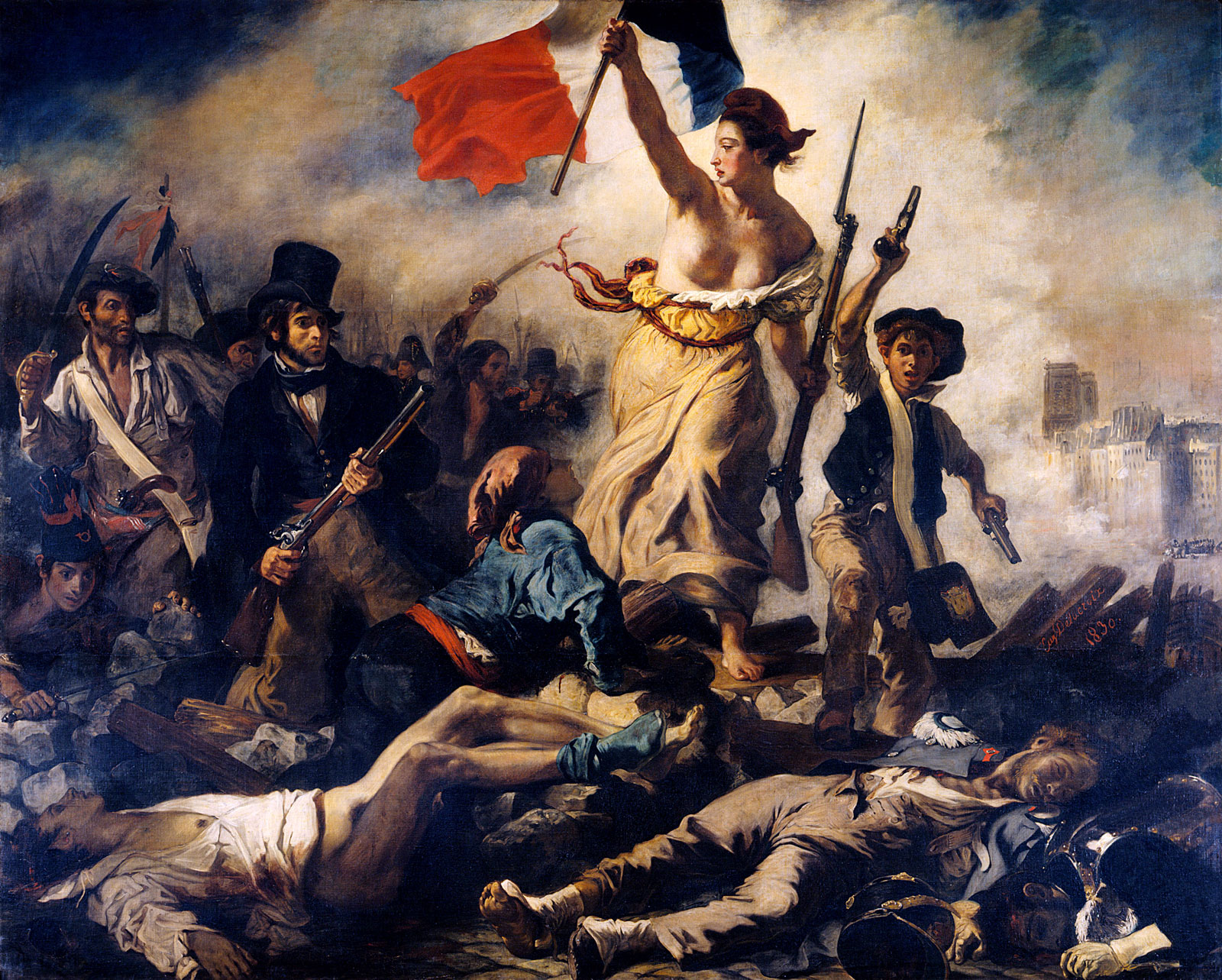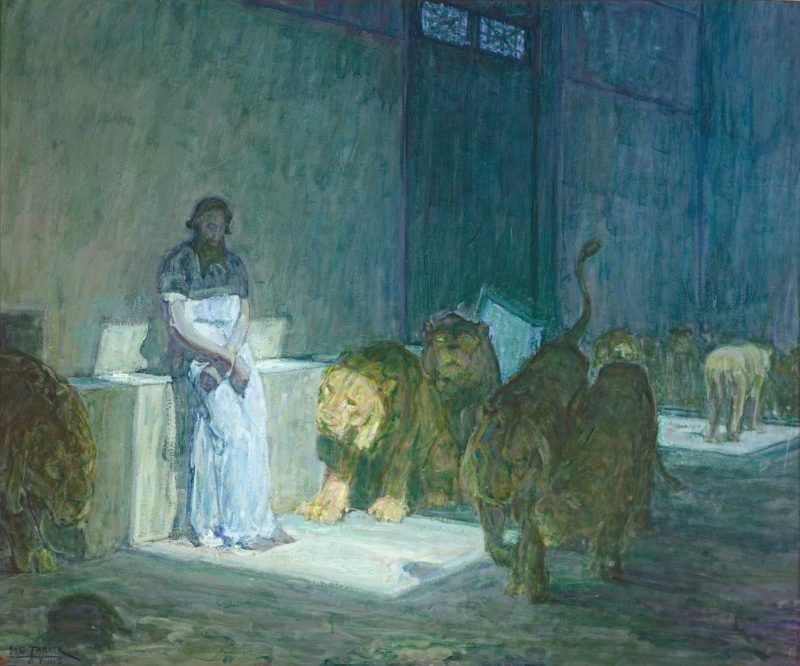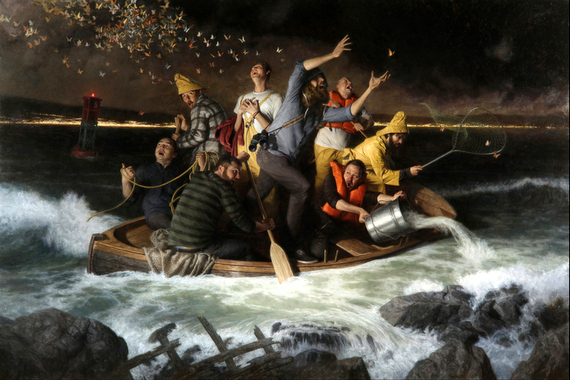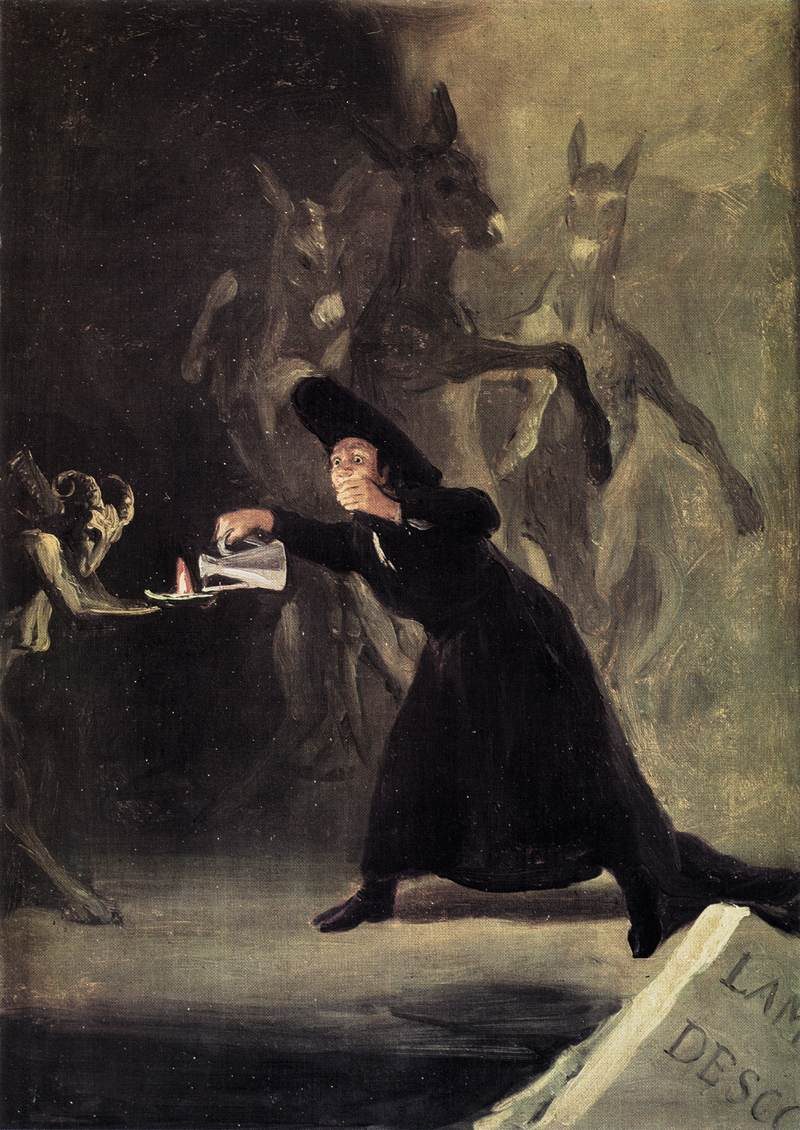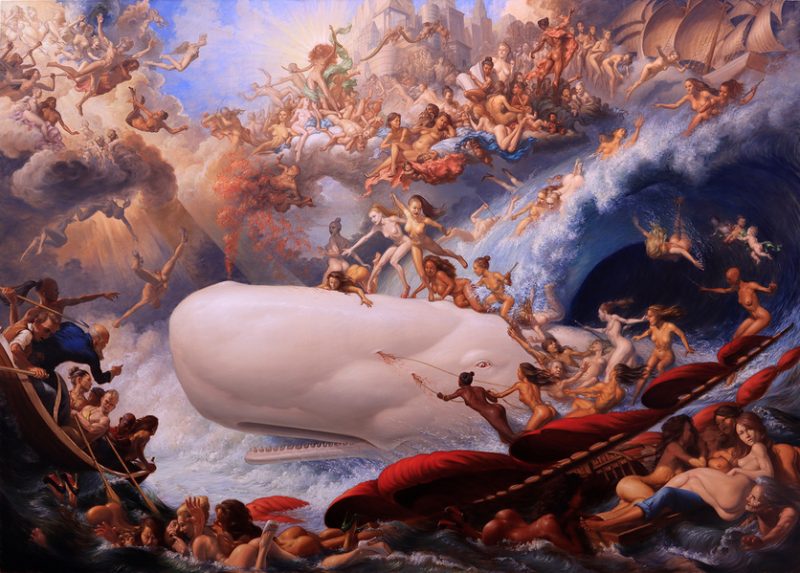Since Friday’s post alluded to this painting and we haven’t yet looked at it here on NP, let’s do that now. The painting marks the July Revolution (aka: the Second French Revolution) where the French people overthrew King Charles X for suspending liberty of the press, cancelling elections, and for dissolving the National Guard, which acted as a bridge between the people and the monarchy. In those uncertain times, bankers refused to lend money, factories shuttered, and swaths of people were left unemployed. July 27, 1830 marked the beginning of three days fighting when the Royal Guard was dispensed throughout Paris to protect gun shops from looters. The French people instead attacked the Royal Guard with cobblestones and roof tiles.
In Delacroix’s painting we see Liberty, the personification of France, leading the people in the fighting. She carries the tri-colour flag of the French Revolution, which became the national flag afterwards. On the right we see a boy wielding pistols – he seems to be a student, marked by his faluche hat (a beret common to students) and an embroidered school satchel. On the left we see a man of affluence in a top hat, who many believe to be Delacroix himself, signaling that the Revolution didn’t divide among class lines, for even the intellectuals were on board to overthrow Charles X. Beside this man we see an older man brandishing a briquet and wearing the clothes of a factory worker, along with a beret and handkerchief around the waist that alert us to his revolutionary ties.
After three days of fighting the Tuileries had been sacked, the Louvre fell to the mob, and the Hôtel de Ville (the building that held the city’s administration) had been captured. Charles X had no choice but to abdicate his throne and flee to England.
